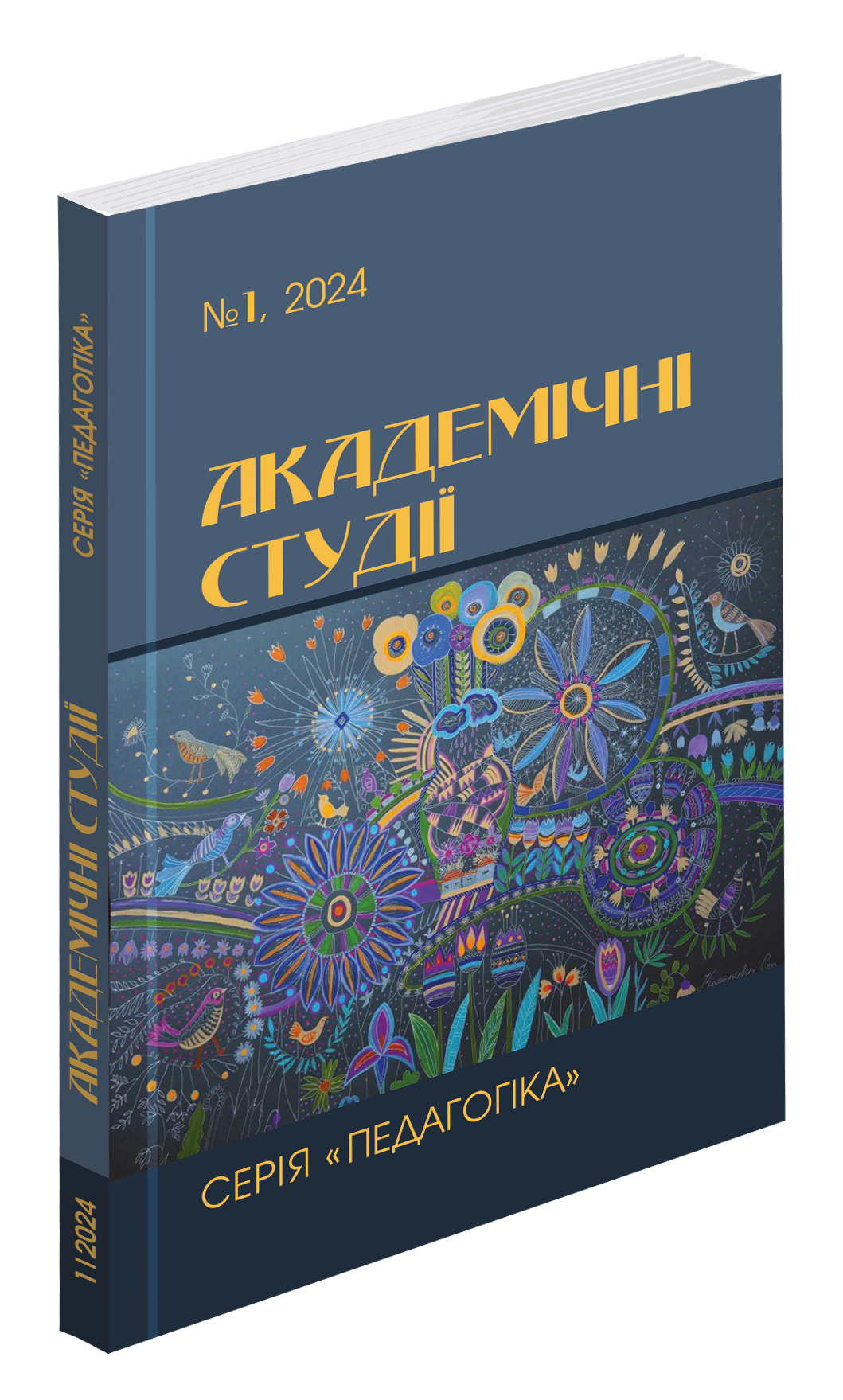Abstract
The article considers the main goal of teaching foreign languages as the formation, improvement and development of a personality that is capable of achieving the required level of communicative competence. The training is also aimed at developing the cognitive independence of future specialists based on the formation of linguistic and professional orientations in the process of working with literature in the chosen specialty. In non-linguistic universities, a foreign language occupies a somewhat separate position in the system of other educational courses, since when studying it, many students sometimes encounter language and speech material that is new to them. Teaching foreign language communication at a non-linguistic university is associated with a number of limitations, including the unfavorable frequency-time characteristics of classes and the fact that communication is mainly educational. In the absence of the need to communicate in the target language, i. e. when mastering a language outside the language environment, “communication” comes down to understanding and reproducing some typical, situationally determined language cliches. Unfortunately, in a non-linguistic university, sometimes studying a foreign language is considered as the accumulation of a certain amount of knowledge and the formation of skills, i.e. there is no idea of language as a complex, constantly developing, multi-level system. But the difficulties of teaching a foreign language in non-linguistic universities are associated with the specific features of it as a subject that is difficult to study in a university setting. Learning a foreign language requires enormous effort and energy, as well as daily, systematic, motivated work. Therefore, only personal interest in mastering a foreign language can effectively contribute to the formation of motivation for this subject. Teaching a foreign language at a non-linguistic university can be successful if, throughout the entire training process, the so-called oriented selection of text material is consistently carried out, taking into account the professional orientation of students. Thus, the communicative and cognitive activity of students is activated, interest in the subject is awakened and the need of students to independently search for new words, expressions, and to use sources of information is stimulated.
References
Андрущенко В., Філософія освіти в Сучасній Україні : стан та перспективи розвитку / за ред. В. Андрущенко Вища освіта. 2004. № 4. [Ел. ресурс]. – Режим доступу: URL: http://yandex.ua/yandsearch?clid=139043&lr=148&msid=22871.3197.136105197
Bemidji State University : Department of English [Electronic resource]. –Mode of access : URL: http: bemidjistate.edu/academics/ departments/english/graduate
Гембарук А. С. Компоненти змісту навчання іноземної мови як загальноосвітнього предмета. : зб. наук. праць УДПУ імені Павла Тичини. / за ред. А. С. Гембарук. С. 50–55.
Каричковська, С. П. Зміст навчання іноземної мови у вищих педагогічних навчальних закладах України. / Каричковська С. П. Педагогіка формув. творч. Київ:ЦУЛ. 2007. С. 173–178.
Кочубей Н.П. Підсистема вправ для інтерактивного навчання англійського діалогічного мовлення учнів початкової школи Іноземні мови. 2012. № 2. С. 31–39.
European Language Portfolio: Principles and Guidelines On-line: URL: http:www.coe.int/portfolio
Триндюк К., Мартинюк П., Губіна А. Особливості організації занять з іноземної мови в умовах змішаного навчання. Інноватика у вихованні. Випуск 13. Том 2. 2021. URL: https://ojs.itup.com.ua/index.php/iiu/article/view/331/329. (Дата звернення 12.04.23).
Stern H. H. Fundamental Concepts of Language Teaching. Oxford : Oxford Univ. Press, 1996. 582 p. 331.
Tarone E., Jule G. Focus on the Language Learner. Oxford : Oxford Univ. Press, 1991. 206 p.
The Communicative Approach to Language Teaching / Ed. by Ch. Brumfit and K. Johnson. Oxford : Oxford Univ. Press, 1991. 243 p.
Tomalin B., Stempleski S. Cultural awareness. Oxford : Oxford Univ. Press, 1996. 160 p.
Underhill N. Testing Spoken Language: a Handbook of Oral Testing Techniques.– Cambridge: Cambridge Univ. Press, 1989. 117 p.
Тимощук Н. Застосування моделі blended learning під час викладання іноземної мови в немовному (аграрному) ЗВО. Педагогіка формування творчої особистості у вищій і загальноосвітній школах. Т. 2. 2019. С. 216–220. URL: http://pedagogy-journal.kpu.zp.ua/archive/2019/62/part_2/45.pdf. (Дата звернення 15.04.23).
Форостюк І. Викладання іноземної мови у вищій школі в умовах дистанційного навчання. URL: https://dspace.nuft.edu.ua/jspui/bitstream/123456789/35734/1/1.pdf. (Дата звернення 24.04.23).

